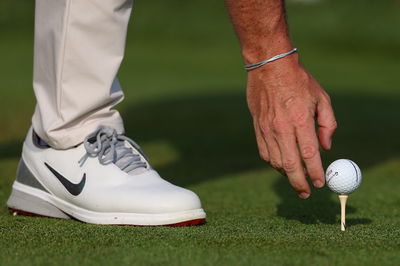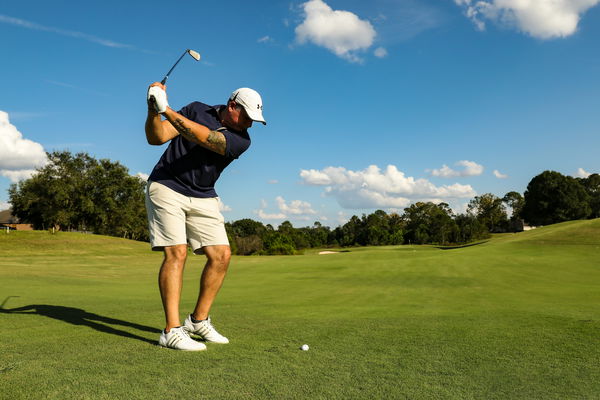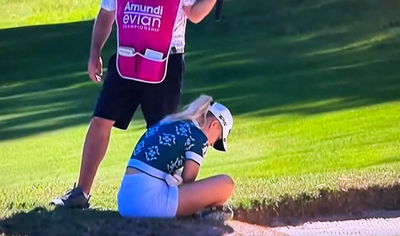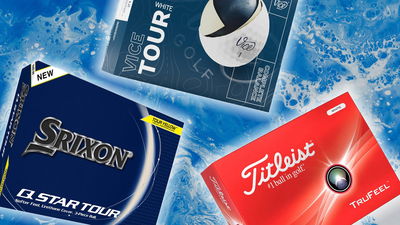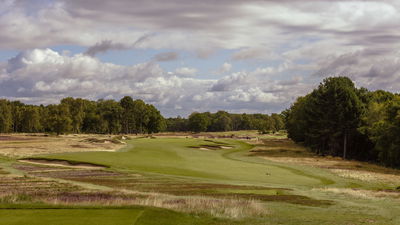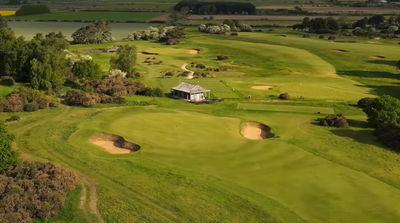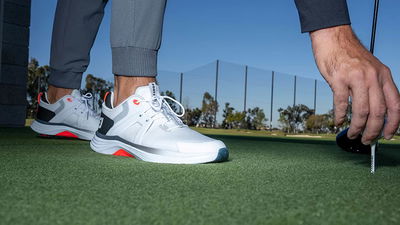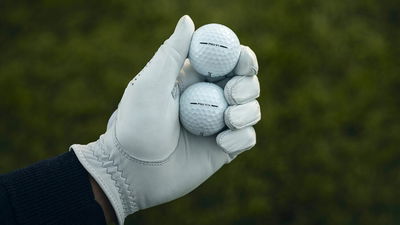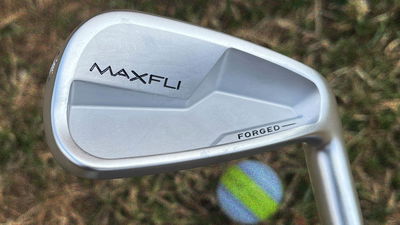Golf Wedges: 10 things you need to know before purchasing your next set
From lofts and gapping to bounce and grind, there is much to learn about wedges...
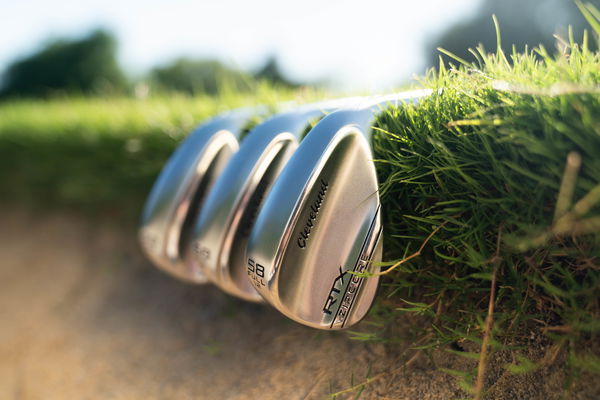
Golf wedges are not only the sexiest clubs, they're the most important. With the short game accounting for more than 50% of shots you play in a round, improving your wedge play is the first step to shooting a lower score.
Acting as the goalkeepers of our game by saving us shots from both turf and sand, golf wedges come in all different lofts, finishes, bounce and grinds to help us get closer to the pin from anywhere inside of 125 yards. Let's take a closer look...
#1 - LOFTS
Wedges have the highest lofts of any club.
Loft is the angle at which the club face lies relative to the shaft.
Golf wedges can have as little as 45 degrees of loft (e.g. a pitching wedge) and as much as 64 degrees (e.g a lob wedge).
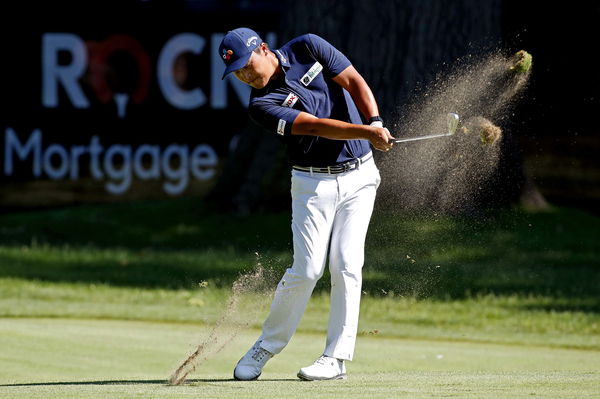
#2 - PITCHING WEDGE
The pitching wedge (PW) - the next most lofted club after the nine iron - will usually come with any set of irons you purchase.
The loft of the pitching wedge is typically between 45 and 48 degrees and it is mainly used for shots outside of 100 yards – the average club golfer hits a pitching wedge around 105 yards, while the Tour professional carries it around 125 yards.
It is the most versatile of all the wedges because it can be used for hitting "full out" shots or "chip-and-runs" around the green.

#3 - SAND WEDGE
The sand wedge (SW) typically carries a loft between 54 and 58 degrees, and as its name suggests, is mainly used for bunker play.
The average club golfer hits a full sand wedge 70 yards, while a Tour professional carries it 100 yards.
Because of its wide, rounded and curved head, the SW is ideal for deft little chips from the fringe and for playing those belly-wedge putts from the collar of greenside rough (striking the ball on its equator with the leading edge).
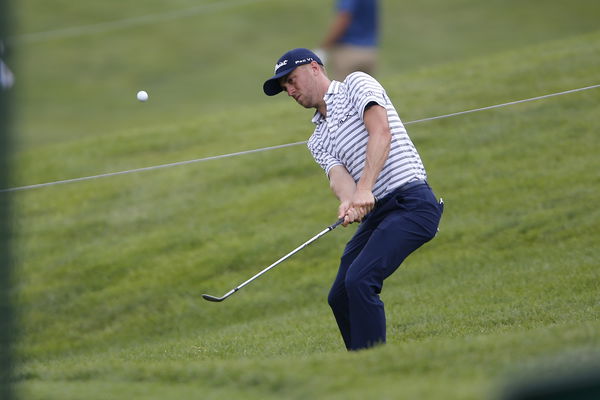
#4 - GAP WEDGE
Gap wedges range in loft from 50 to 55 degrees and are a compromise between a pitching wedge and a sand wedge.
A gap wedge is particularly important to use today because the five-degree difference in degrees between the SW and PW in the 1960s has now grown to approximately 10 degrees.
This has created room for club manufacturers to respond by inventing a new club to fill the "gap", and of course, encourage us to buy more products.
INSTRUCTION: HOW TO CREATE BACKSPIN
"I can't begin to tell you how crucial gapping in wedges is," said Titleist master craftsman Bob Vokey.
"Most everyday players have little idea about the loft gaps with their wedges. They just take a pitching wedge and sand wedge and go.
"In the old days that was okay because most pitching wedges were around 51 degrees. But now they're 45 to 47 degrees while the sand wedge has stayed at 56. That's a two-plus club difference because now the pitching wedge is essentially the loft of a 9-iron."
Most instructors recommend you should have around four degrees of difference between all of your wedges.
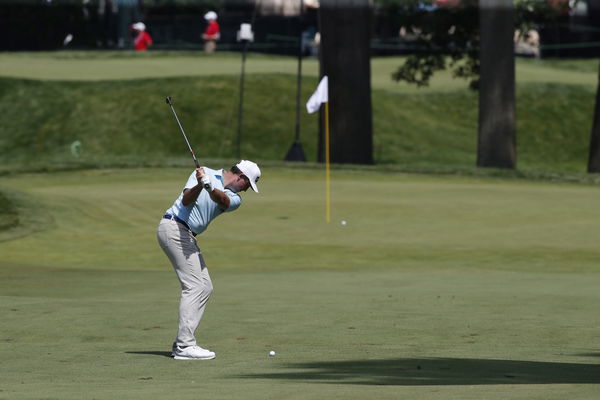
5 - LOB WEDGE
The lob wedge has a loft anywhere between 60 and 64 degrees.
It is useful for throwing the ball up very high from short distances, also known as the "flop shot" - Phil Mickelson is the expert at this.
ROGER CLEVELAND: A 60-DEGREE WEDGE IS USELESS IF YOU'RE OLD
A lob wedge is built more for more finesse than power so 30 yards is probably its optimum distance for the amateur.
A pro, however, will not only use it over a hazard, but from the fairway for those 75 to 95-yard shots that need to land softly with some spin.
INSTRUCTION: FLOP SHOT
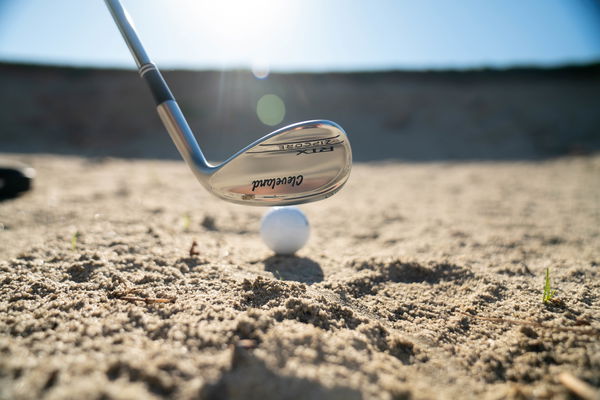
#6 - WHICH WEDGES SHOULD I CARRY?
Most instructors recommend you should have around four degrees of difference between all of your wedges.
"I can't begin to tell you how crucial gapping in wedges is," said Titleist master craftsman Bob Vokey.
"Most everyday players have little idea about the loft gaps with their wedges. They just take a pitching wedge and sand wedge and go.
"In the old days that was okay because most pitching wedges were around 51 degrees. But now they're 45 to 47 degrees while the sand wedge has stayed at 56. That's a two-plus club difference because now the pitching wedge is essentially the loft of a 9-iron."
It is recommended players visit a certified club fitter to best understand the loft of wedges they should be using.

#7 - SOLE GRIND
The sole grind refers to the additional shaping of the sole of the wedge, usually around the heel or the toe.
Companies offer a range of sole grinds in addition to the standard wedge sole, grinding the soles with a machine to suit specific turf conditions or shots.
For instance, a heel grind will remove material from the heel of the sole to allow the face to sit lower to the ground so it is easier to open the face at address.
"A grind can provide shot making opportunities around the greens," says Vokey.
"Our M grind soles allow you to open the face of the wedge without the leading edge coming off the ground. We have all kinds of sole grinds, which we designate with a letter."
Sole grinds, however, do change the bounce of the sole and so it is important to receive advice from a teaching professional on the types of grinds that will suit your game.
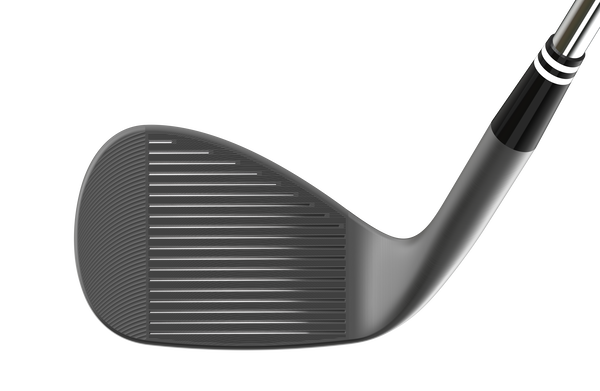
#8 - GROOVES
Think of grooves on a golf club as the tread on a tire.
Each groove - there are roughly 15 to 16 - grabs the ball just like the tread grips the road, creating spin and producing ideal shot trajectory.
A recent rule change instituted by the USGA and R&A eliminated the use of deep grooves in wedges - a feature that apparently gave golfers an unfair advantage by creating more backspin.
The new rule now restricts groove volume and edge radius on wedges, resulting in a higher launch angle and less backspin.
As a result of the new rule, there are now two different styles of grooves on wedges: vintage finish and laser-etching.
Wedges with vintage-finish grooves rust in a way that compliments the sound and feel inherent in the metal, while laser-etched grooves optimise the ball-to-face friction to create maximum spin.

#9 - BOUNCE
Bounce - the curvy part of the wedge's head - does exactly what the word suggests, says PGA pro Brian Lee of World of Golf.
"It’s designed to prevent the club from snagging or digging into the turf and getting stuck. The bounce is what you see when you place the wedge flat on the floor and the lead edge is slightly off the ground.
"The higher the lead edge is off the floor, the more bounce on the wedge. The importance of finding the correct bounce is related to your own personal swing and style of play."
ROGER CLEVELAND: LET BOUNCE BE YOUR FRIEND
Clubs with less bounce (0-10 degrees) will suit tight lies and drier, fast-running heathland and links courses, or golfers with shallow attack angles.
If your local course tends to be wet parkland, wedges with more of a "standard" bounce (10-16 degrees) are less likely to dig into the ground. These would also suit players with a steeper angle of attack.
The sand wedge features a combination of a wider flange and higher bounce (16+) to prevent digging and create a smoother gliding action of the sole along the ground - hence that wonderful "thump" sound when splashing the ball out the greenside bunker.
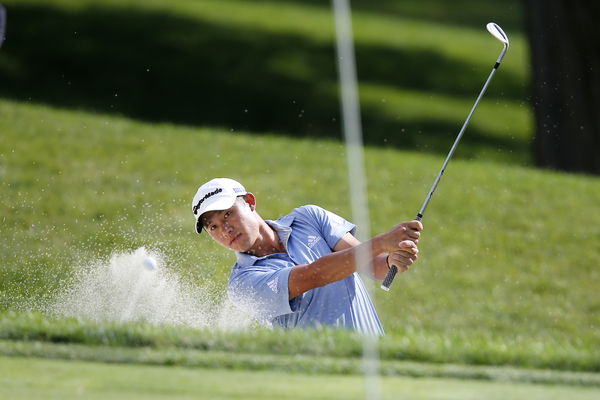
#10 - FINISH
The days of every wedge being coated with chrome over steel are over.
Finishes now include black nickel, chrome, rusty or raw (unchromed), beryllium copper, nickel-coated and oil can.
The different the finish makes on most wedges is mainly cosmetic – a case of which one do you most like the look of.
The only real practical exceptions are that the duller-looking finishes do not reflect as much light in the sun, while those with a "nickel coated" or oil can" finish are specifically manufactured to rust over time and typically impart slightly more spin on the ball.
Which wedges are in your bag? Share your thoughts on the GolfMagic social media channels, or come and join us over on YouTube.
Sponsored Posts
Subscribe to our Newsletter
Latest News
